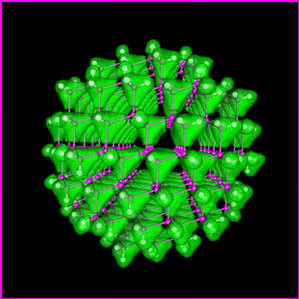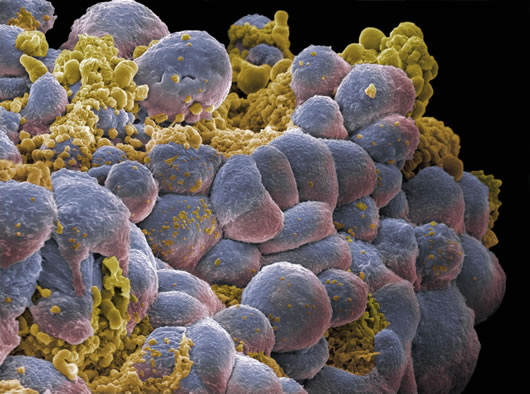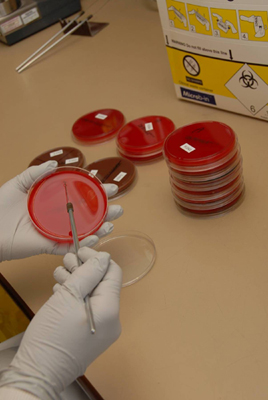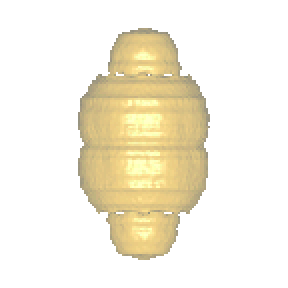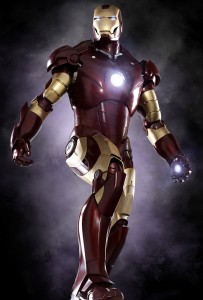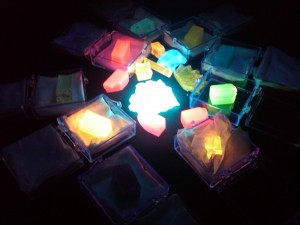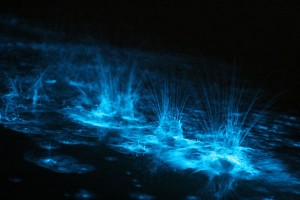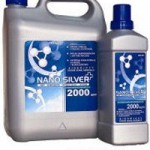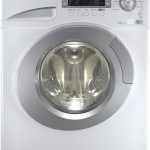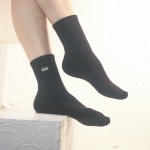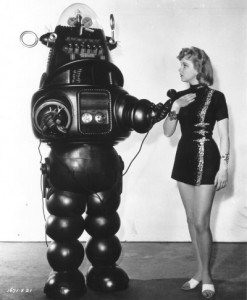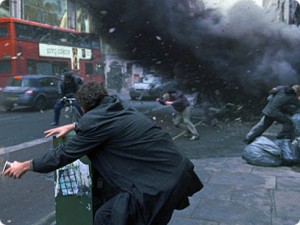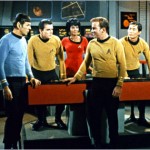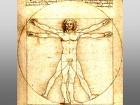Wednesday was another busy day with ArtSci with activities ranging from lectures on nanomedicine, cancer, and vaults to manipulating the Buckminster Balls at the zero@wave gallery. It was also pretty crazy that we actually saw cancer cells (they belonged to a woman who had breast cancer) when we visited one of the labs.
It was so calming to just be in the zero@wave gallery. Since the Bucky Balls were only manipulated by our shadows, so slow and deliberate movements were necessary to get them to respond. I really had to take it down a few notches and just be really low-key, otherwise the shadows were really ineffective in getting the Bucky Balls to move. The darkness in the room also made me feel more relaxed, yet it was annoying to try and capture the shadows on my camera. However, I was successful with Underwater mode on my camera!
Unfortunately, nanotoxicology is another issue that the public needs to be aware of. Where will the particles go when they are released? Are the vault particles safe to human cells or will they ultimately impede the human vault cells? For these reasons, nanotechnology is controversial. I think that nanotechnology has unlimited potential to be THE solution to many health problems, but these questions cannot be ignored. Nanotechnology is definitely the science of the future, but I believe that scientists must find answers to these questions to ensure safety before nanotechnology is used more widely.
I find it really fascinating that the vaults can differentiate and then release the cancer drugs to the cancerous rather than to the normal human cells because cancer cells have a lower pH. Also, the whole pH thing is helpful for showing the visual difference between the cancerous and normal cells, because of the color indicators. Unbelievably, simple science like pH comes in to be crucial to the whole complicated process of finding a treatment for cancer. It just proves that we can’t forget the little things in life because they’re all part of the bigger picture. At first, the whole thing with nanomedicine really didn’t register and I couldn’t really visualize it, but I guess we’re still in the process of “imagining the impossible”.
http://www.foresight.org/Nanomedicine/
http://pubs.acs.org/doi/abs/10.1021/nn800638x
http://www.rsc.org/Publishing/Journals/cb/Volume/2009/8/Brewing_platform.asp
http://www.evidenttech.com/quantum-dots-explained/how-quantum-dots-work.html
http://www.ncbi.nlm.nih.gov/pubmed/16002369
- Underwater mode and the Bucky Balls
- Biohazardous
- Breast cancer cells
- Nanotechnology in clothing






